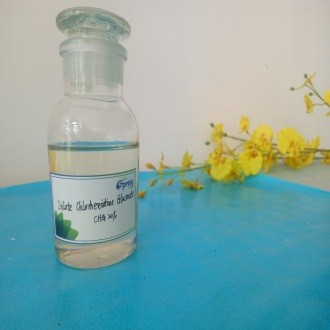Chlorhexidine gluconate is a versatile antiseptic and disinfectant agent widely used in healthcare, pharmaceutical, and personal hygiene applications. Its range of applications is broad and diverse, owing to its potent antimicrobial properties and safety profile. Here, we explore the various domains in which Chlorhexidine gluconate is applied:
1. Healthcare Settings:
Surgical Site Preparation: Chlorhexidine gluconate is often used to disinfect the skin of patients before surgery, reducing the risk of surgical site infections.
Catheter Care: It is employed to prevent catheter-associated urinary tract infections (CAUTIs) by disinfecting the catheter insertion site.
Wound Care: Chlorhexidine solutions are used to clean and disinfect wounds to prevent or treat infections.
Hand Hygiene: Hospitals and healthcare facilities use Chlorhexidine-based hand sanitizers to promote hand hygiene among healthcare workers.
2. Dental Care:
Mouthwash and Oral Rinses: Chlorhexidine-based mouthwash is prescribed for patients with gum diseases or after dental procedures to reduce oral bacteria and prevent infection.
3. Personal Hygiene:
Topical Antiseptics: Chlorhexidine-based products are used for personal hygiene, including cleansing and disinfecting the skin.
Shampoos and Soaps: Some shampoos and soaps contain Chlorhexidine for its antimicrobial properties to treat conditions like dandruff and fungal infections.
Hand Sanitizers: It is an active ingredient in some hand sanitizers, offering a more extended protection compared to alcohol-based sanitizers.
4. Veterinary Medicine:
Animal Care: Chlorhexidine is used for wound disinfection and general skin and coat care in animals.
5. Pharmaceuticals:
Preservative: It is used in the pharmaceutical industry as a preservative in eye drops, nasal sprays, and contact lens solutions to prevent microbial growth.
6. Dermatology:
Skin Infections: Dermatologists may recommend Chlorhexidine products for treating skin conditions like acne or folliculitis, which are often caused by bacteria.
7. Food Industry:
Food Preparation: Chlorhexidine may be used in food processing plants as a disinfectant to maintain cleanliness and reduce the risk of contamination.
8. Water Treatment:
Biofilm Control: In water treatment systems, Chlorhexidine can help control and prevent the formation of biofilms, which can harbor harmful microorganisms.
9. Preoperative Skin Preparation:
Skin Disinfection: Prior to surgeries and invasive medical procedures, Chlorhexidine is applied to the patient's skin to reduce the risk of surgical site infections.
10. Burns and Burn Care:
Burn Dressings: Chlorhexidine-impregnated dressings are used to prevent infection in burn wounds.
Chlorhexidine gluconate's effectiveness against a broad spectrum of microorganisms, along with its ability to provide persistent antimicrobial activity, makes it a valuable tool in infection prevention and control. While Chlorhexidine is generally safe when used as directed, it is essential to consider factors like concentration and individual sensitivities. The diverse range of applications demonstrates its importance in maintaining hygiene and reducing the risk of infections in various settings.
Post time: Oct-12-2023


